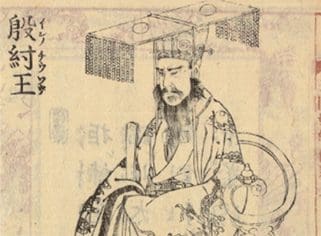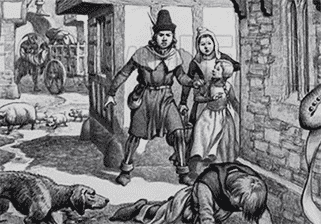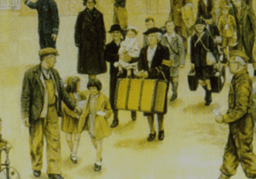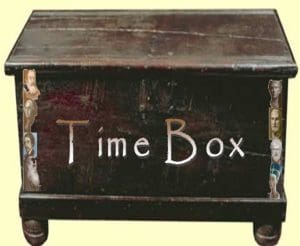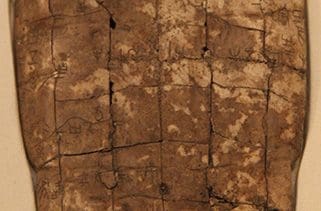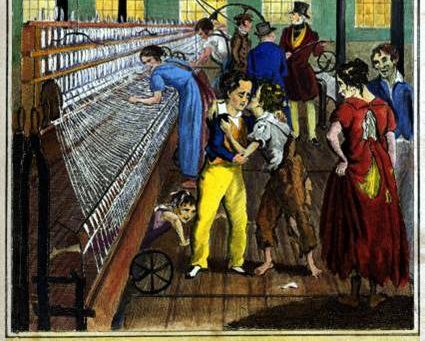
In this lesson, pupils are shown 3 images of factory conditions from early/mid Victorian times. Using their knowledge of factory reform they feel confident that they can date the factories. They are asked which factory they think they would prefer to work in i.e. which looks less oppressive. You might think they go for the latest one. In fact they plump for the earliest. How can this be?
Learning objectives
- Pupils are able to draw on their knowledge of factory reform to suggest how factories improved in the mid nineteenth century
- They can make inferences about the meaning behind images
- They can make use of their new-found knowledge of the provenance of sources to explain away what at first sight seemed counter-intuitive
Step 1
Pupils are reminded of the fact that factory reform started in the 1830sand attempted to combat some of the worst abuses of dangerous machinery, long

